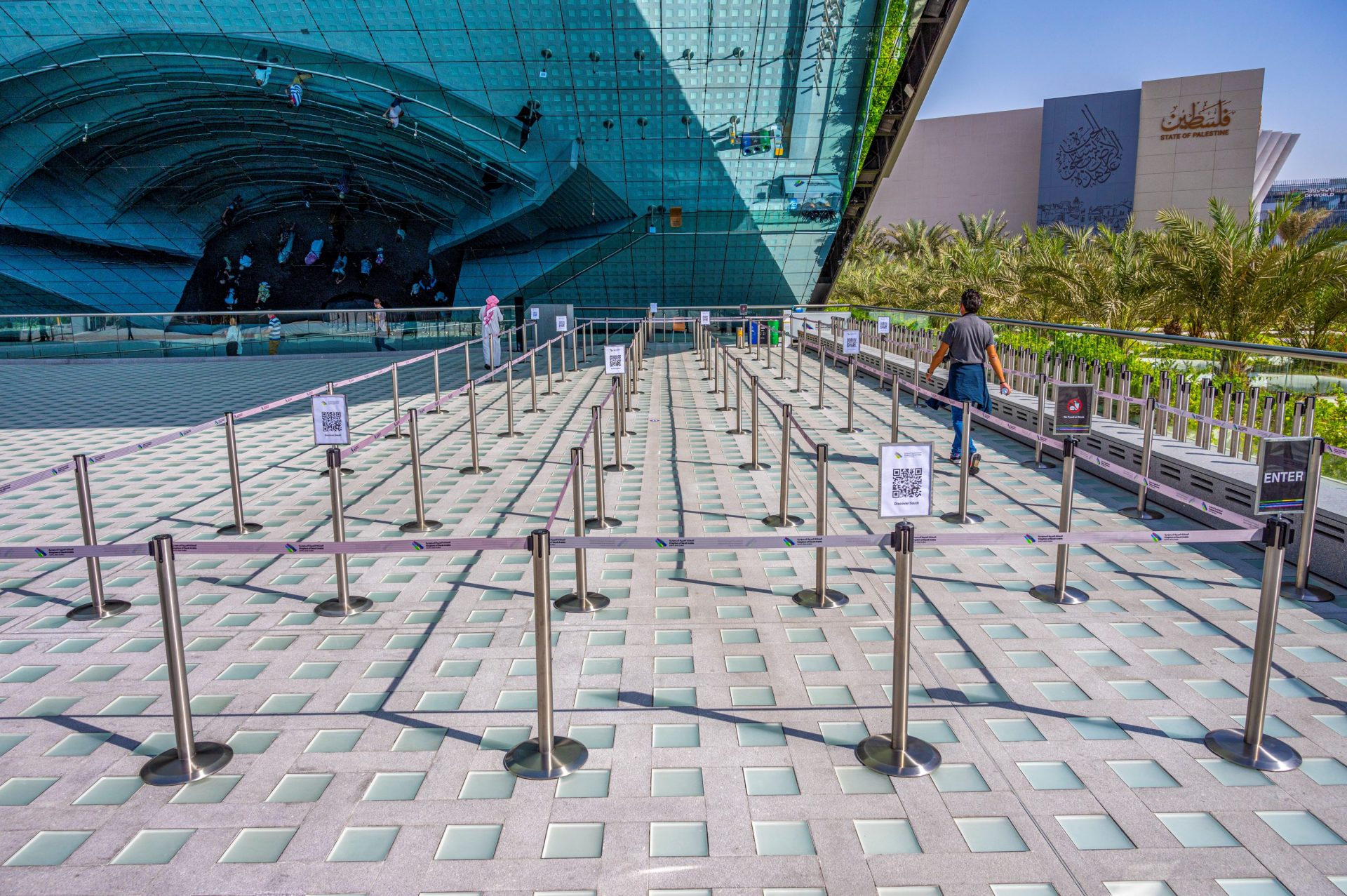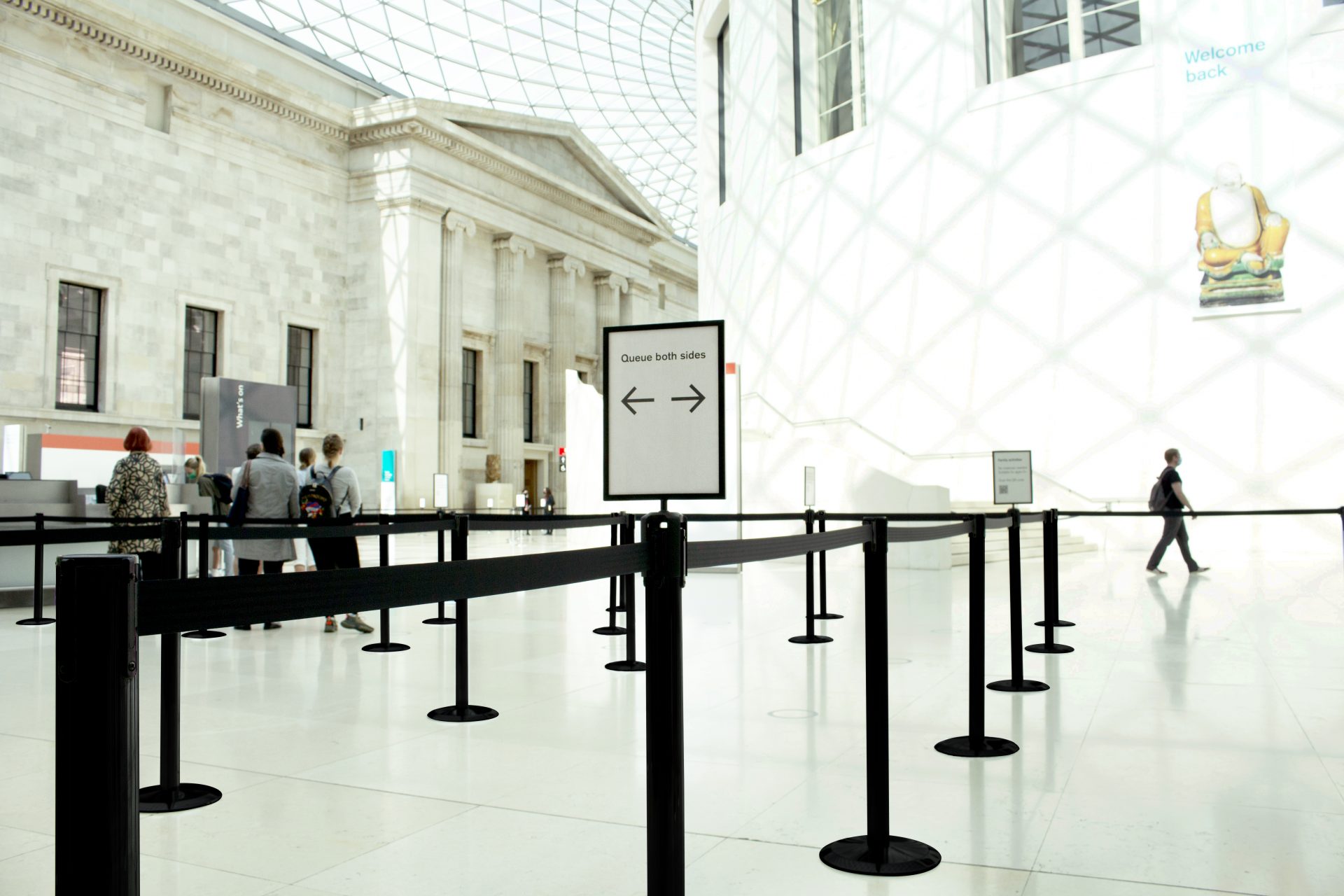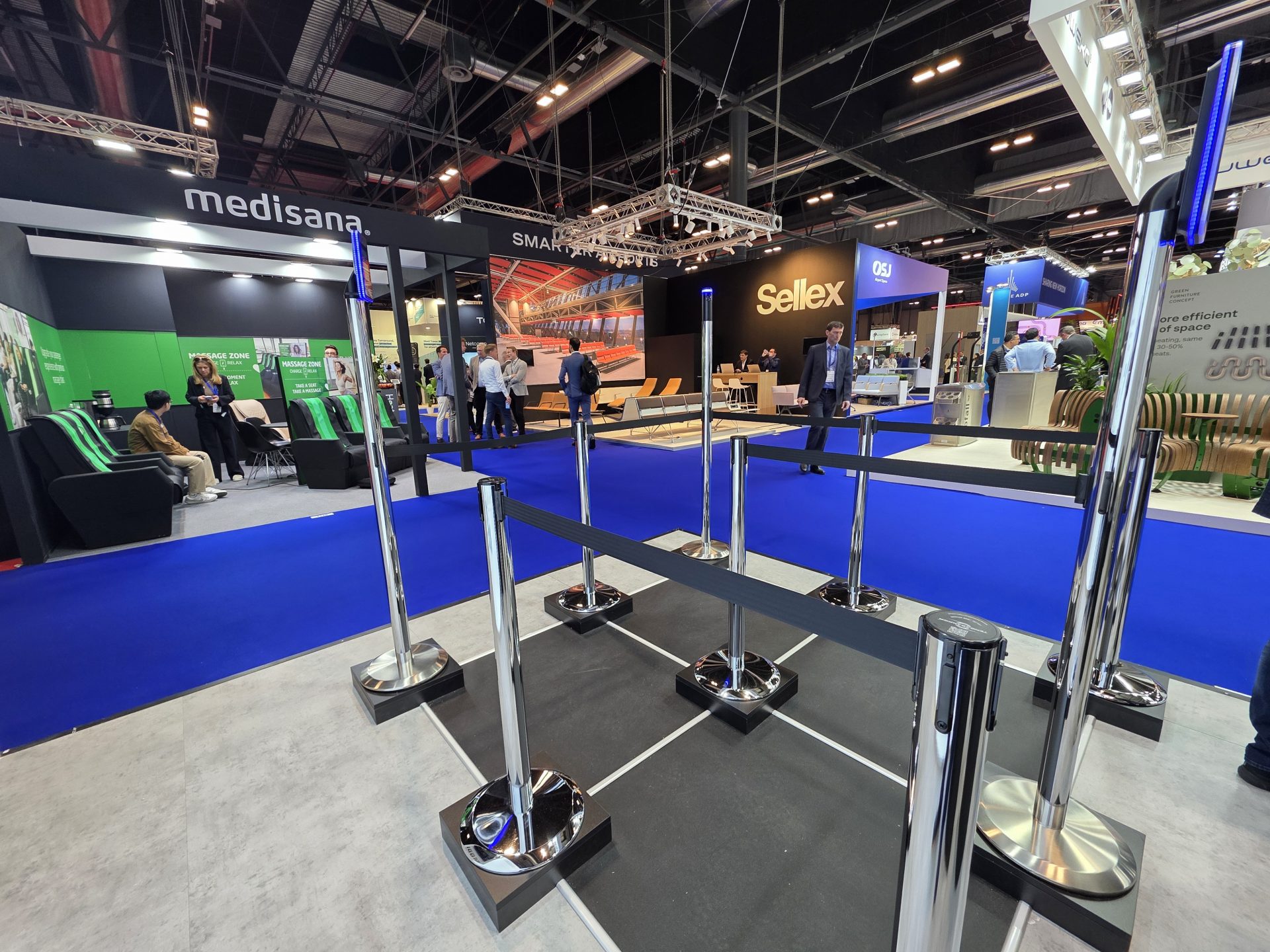🧱 Crowd Science 101: Anatomy of the Perfect Queue

What makes one queue feel smooth — and another feel like chaos?
It only takes a few seconds for someone to decide whether your environment feels professional, welcoming, and safe, or confusing and frustrating.
More often than not, that judgment starts in the queue.
While most people think a “line is just a line,” the reality is: great queues are built, not guessed. They’re intentional. Flexible. And invisible, when done right.
So what does a great queue actually look like?
Let’s break it down.
✅ The 5 Building Blocks of a Great Queue
A Clear Starting Point
If customers have to ask, “Where do I go?” — the queue is already failing.
🟦 Solution: Use entry signage, totems, or branded barriers to signal exactly where to begin. Set expectations from the start.
A Defined Path
Without structure, people drift, cut, or clog the space. The line becomes guesswork.
🟦 Solution: Use belt barriers, floor decals, or wayfinding signage to guide movement visually — and reduce staff involvement.
Smart Lane Planning
Every customer has different needs — but when you mix everyone into one generic line, you lose time and trust.
🟦 Solution: Add dedicated lanes for ADA access, click-and-collect, VIPs, or mobile check-in. Use color-coded barriers or signage to differentiate.
Engagement During Wait Time
Idle time feels longer. An unengaged customer is more likely to walk away or get frustrated.
🟦 Solution: Use branded signage, merchandising panels, or digital content to inform, entertain, or promote — turning wait time into value time.
A Clear Exit
The end of the line should feel as intentional as the start. Don’t leave customers guessing.
🟦 Solution: Use directional signs or floor markers to lead them confidently to the next step (checkout, entrance, service point).
🔁 Great Queues Are Fluid — Not Fixed
A perfect queue isn’t one rigid setup. It’s a toolkit that adapts based on time of day, crowd size, or visitor type.
With modular products and a clear strategy, you can scale, reroute, or reconfigure — without friction.
🧠 Why It Matters
When the queue works, the whole experience feels better.
- Less staff stress
- Higher customer satisfaction
- Smoother operations
- More revenue through reduced abandonment
It’s one of the most important pieces of your physical environment — and one of the easiest to improve.
📐 Want Help Designing the Ideal Flow?
Tensator® helps organizations build queue layouts that reduce friction, increase revenue, and keep people moving.



